India is a federal parliamentary democratic republic. The Constitution defines the organization, powers and limitations of the Central and State Governments. India has a multi-party system, consisting of various types of national as well as regional political parties. Political parties represent different sections and regions and play a major role in the politics of India. Through the electoral process, the people of India choose their representatives to run the government.
There is a widespread perception in the country that disparities amongst states, and regions within states, between urban and rural areas, and between various sections of the community, have been steadily increasing in the past few years. The gains of rapid growth witnessed in recent past have not reached all parts of the country and all sections of the people in an equitable manner. That this perception is well-founded is borne by available statistics on a number of indicators. Widening income differentials between more developed and relatively poorer states is a matter of serious concern.
Livelihood options in rural areas are also limited as agriculture does not provide adequate returns and industry is virtually absent leading to limited trade and services. People seeking employment in low skill and hence low paying jobs is a common manifestation of these constraints in many rural areas.
In short, the pattern of economic development over the years has left in its trail a variety of inequalities which have caused socio-politico tensions. The present volume contains 11 papers-authored by scholars in the field-which provide an in-depth analysis of various issues confronting the Indian economy, and how they are to be resolved within the democratic framework of the country.

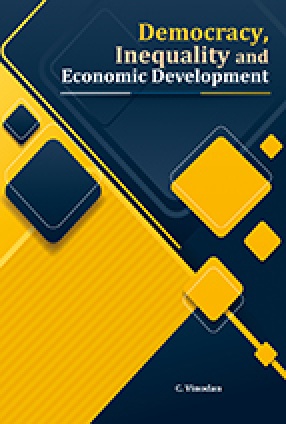
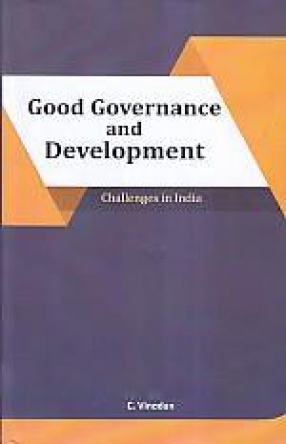
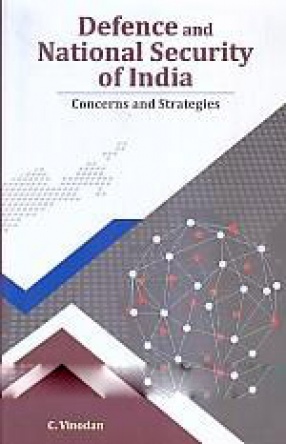
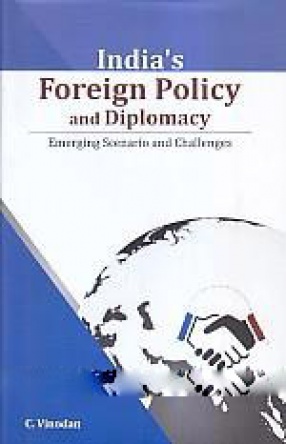
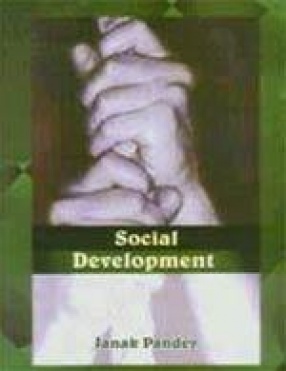

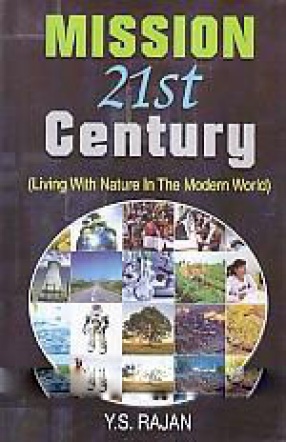
There are no reviews yet.